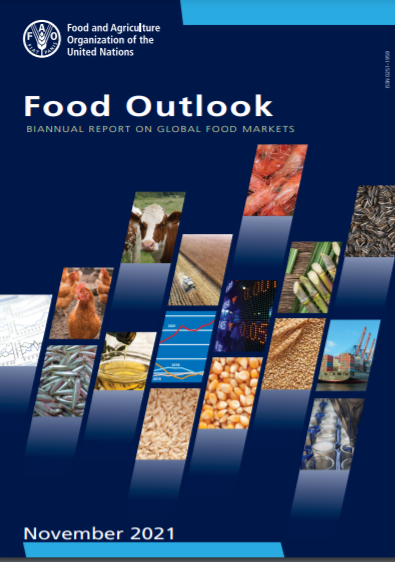FAO’s new Food Outlook report examines drivers of rising prices of food commodities
NASSAU, BAHAMAS — Global food trade has accelerated and is poised to hit an all-time record in both volume and value terms, according to a new report released yesterday by the Food and Agriculture Organization of the United Nations (FAO).
While global food trade has shown “remarkable resilience to disruptions throughout the COVID-19 pandemic”, rapidly rising prices of food commodities and energy pose significant challenges for poorer countries and consumers, who spend large shares of their incomes on these basic necessities, the FAO said in its new Food Outlook.
The FAO expects the global food import bill to reach an all-time high in 2021 and surpass US$1.75 trillion, marking a 14 percent increase from the previous year and 12 percent higher than earlier forecast in June 2021. The increase is driven by higher price levels of internationally traded food commodities and a threefold increase in freight costs.
Developing regions account for 40 percent of the total and their aggregate food import bill is expected to rise by 20 percent compared to 2020. Even faster growth is expected for Low-Income Food Deficit Countries, due to higher costs more than higher food import volumes.
Developing regions are facing sharp increases in the prices of basic staples such as cereals, animal fats, vegetable oils and oilseeds, while high-value foods, such as fruits and vegetables, fishery products and beverages, are driving the bulk of the increases for developed regions.
Issued twice a year, Food Outlook offers the FAO’s reviews market supply and demand trends for the world’s major foodstuffs, including cereals, vegetable oils, sugar, meat and dairy and fish. It also looks at trends in futures markets and shipping costs for food commodities.
Special chapter on agricultural input prices
FAO experts constructed a Global Input Price Index (GIPI) to help examine the impacts of rapidly rising input prices, especially those of energy derived from fossil fuels, on food prices, future price developments and their likely consequences for global food security.
The exercise reveals that the GIPI – comprising energy, fertilizers, pesticides, feed and seed prices – and the FAO Food Price Index (FFPI) – which tracks the internationally traded prices of major agricultural food commodities and reached a 10-year high in August 2021 – have moved in a synchronous manner since 2005, indicating that higher input costs readily translate into higher food prices.
In the year to August 2021, the FFPI rose by 34 percent and the GIPI increased overall by 25 percent, compared to the same period in 2020.
The analysis also points to a growing number of countries – now 53 – where households spend more than 60 percent of their income on necessities such as food, fuel, water and housing. The FAO warns that rising food and fuel prices can have a highly regressive impact on poor consumers and urges particular “vigilance” in this regard.






